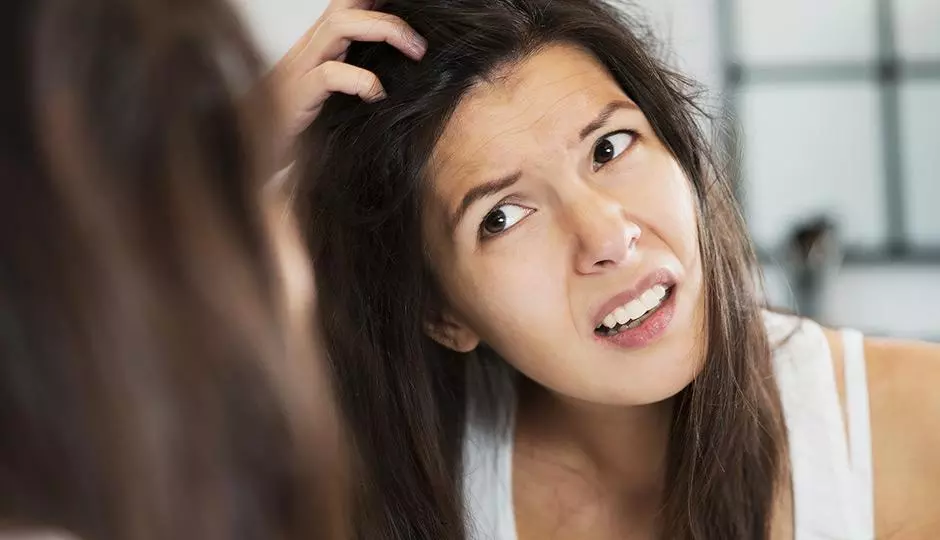Men’s hair loss is never welcome—but for some men, it’s not exactly unexpected, either. A lot of guys witness balding in their fathers and grandfathers, and simply assume that the same fate awaits them. Not all men’s hair loss is hereditary, however, and there’s more to understanding the myriad causes of men’s hair loss.
At Abstrax Hair Designs & Restoration, our stylists are all certified in the field of trichology—the branch of dermatology that’s concerned with the scalp and the follicles. This enables us to get to the bottom of each client’s hair loss, evaluating the overall health of the follicles and developing the most effective plan for treatment for their hair. When you meet with one of our stylists for a one-on-one consultation, you can get a better sense of what you can do to make your scalp a healthier environment for hair growth.
How Hair Grows
Before you can understand the nature of hair loss, it’s important to understand the nature of hair growth. Each hair follicle goes through stages of hair growth followed by stages of rest. During rest stages, old hairs are shed in order to make room for new growth. In fact, it’s perfectly natural to lose up to 100 hairs a day, as part of this normal, healthy rhythm.
The problem comes when this cycle is disrupted. The various causes of hair loss can be broken down into two basic categories—the ones that weaken the hair growth stage, and the ones that extend the rest stage. Either way results in thinning hair, and in some cases it can also lead to scarring—making the hair loss permanent.
What Causes Hair Loss in Men?
As for the specific causes of men’s hair loss, there are a few that are worth highlighting.
- Androgenetic alopecia. This condition is more commonly known as male pattern hair loss, or even male pattern baldness. No matter what you call it, it’s far and away the most common cause of men’s hair loss—accounting for roughly 90 percent of all male hair loss cases! Androgenetic alopecia is caused when the body converts testosterone into DHT, a hormone that impedes the natural hair loss process. The good news is that, when male pattern hair loss is detected early, there are steps we can take to reverse it.
- Other forms of alopecia. There are other forms of alopecia that are much less common, but can result in serious hair loss. Alopecia totalis is an autoimmune condition, causing the body to attack its own hair follicles—leading to hair loss throughout the scalp. Alopecia universalis is even rarer, and even more extreme—leading to hair loss all over the entire body.
- Medical causes of hair loss. Hair loss can also be caused by a wide range of medical conditions and even medications—with chemotherapy being the best-known example.
- Nutritional deficiencies. In some cases, the lack of key vitamins and nutrients can cause the follicles to stop doing their job, resulting in hair loss.
- Trichotillomania. This nervous condition, closely related to OCD, involved the compulsive pulling or twisting of hair.










